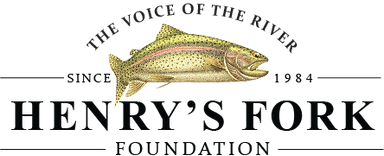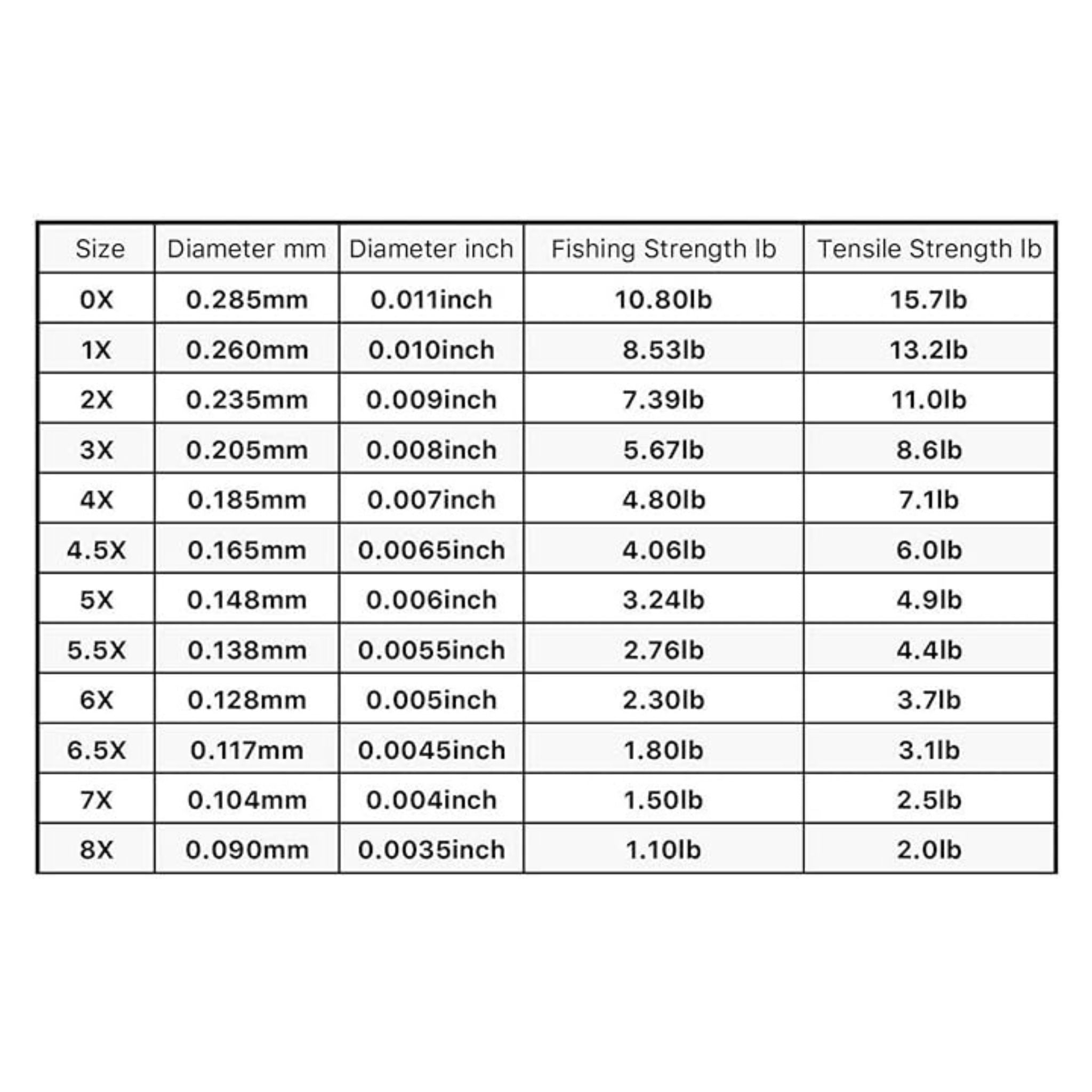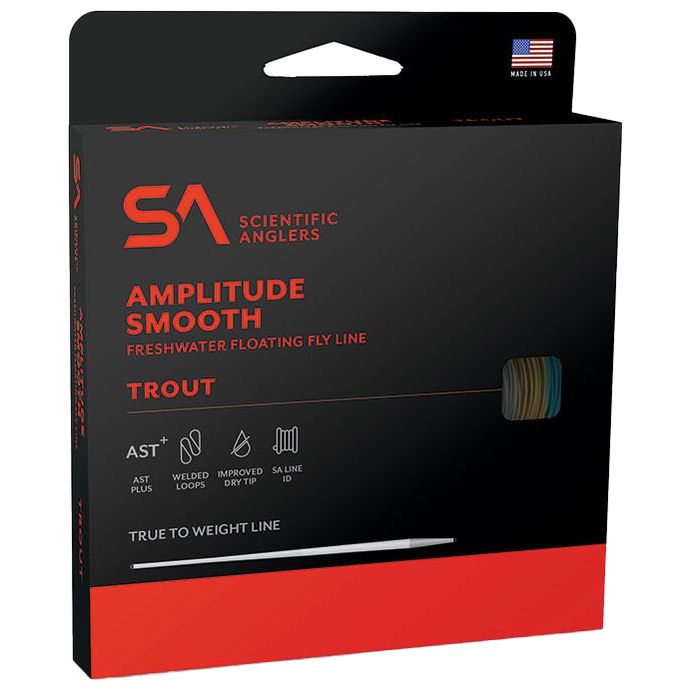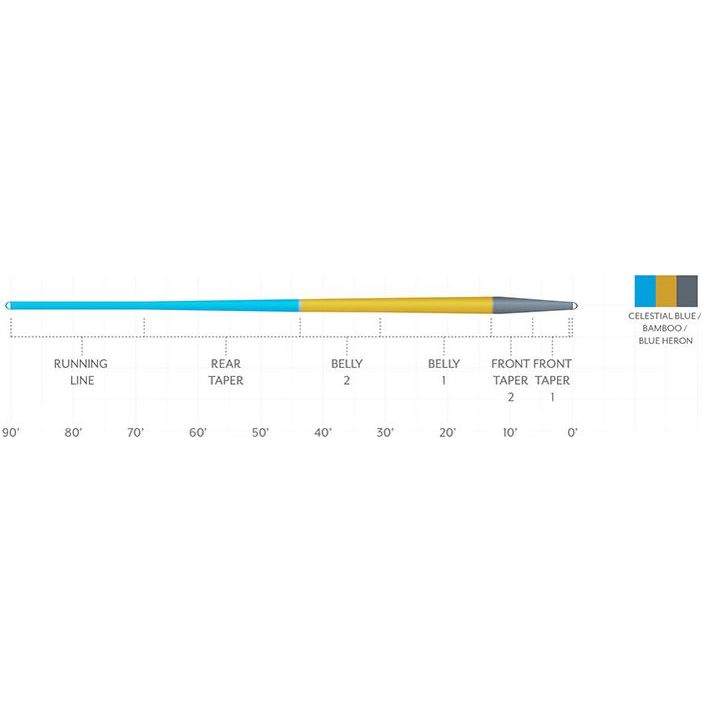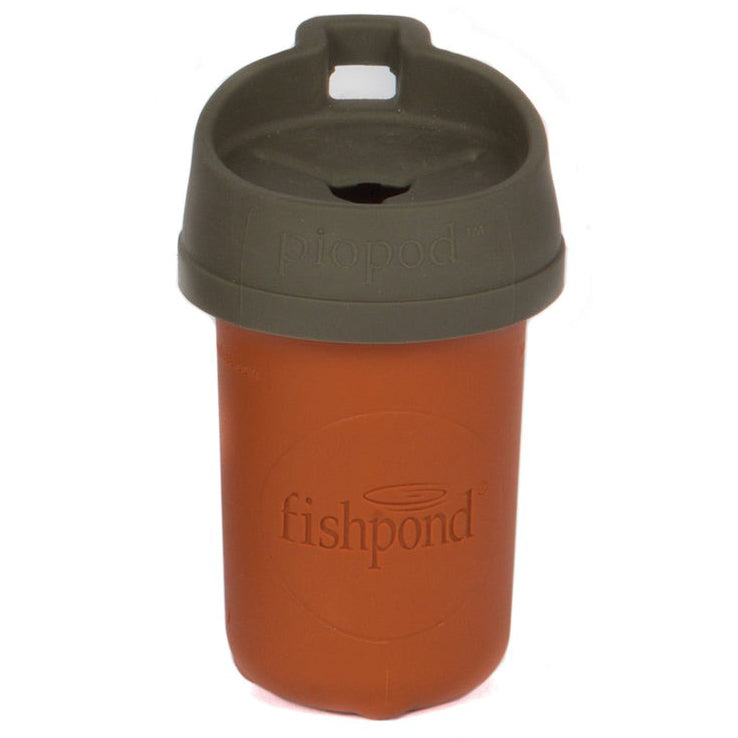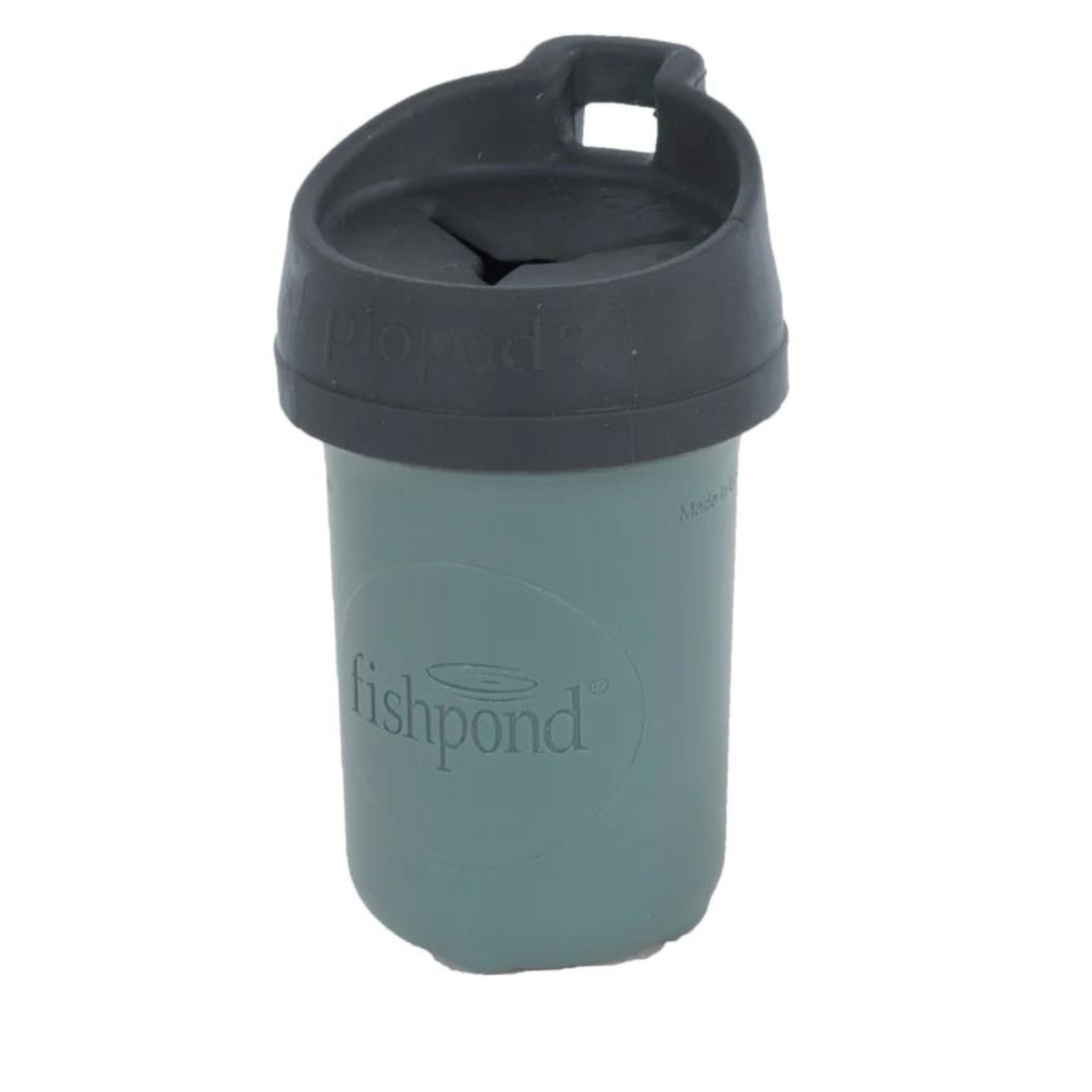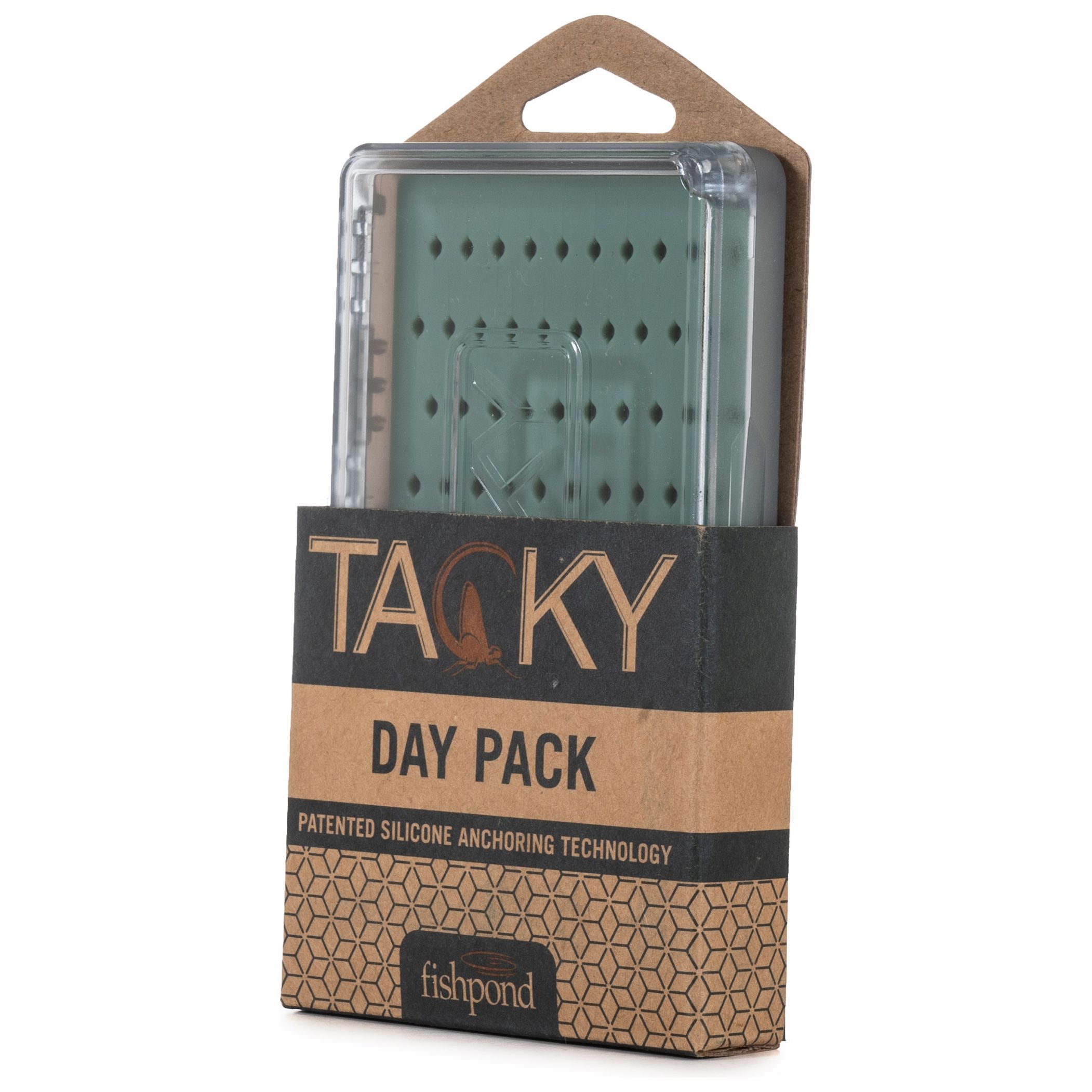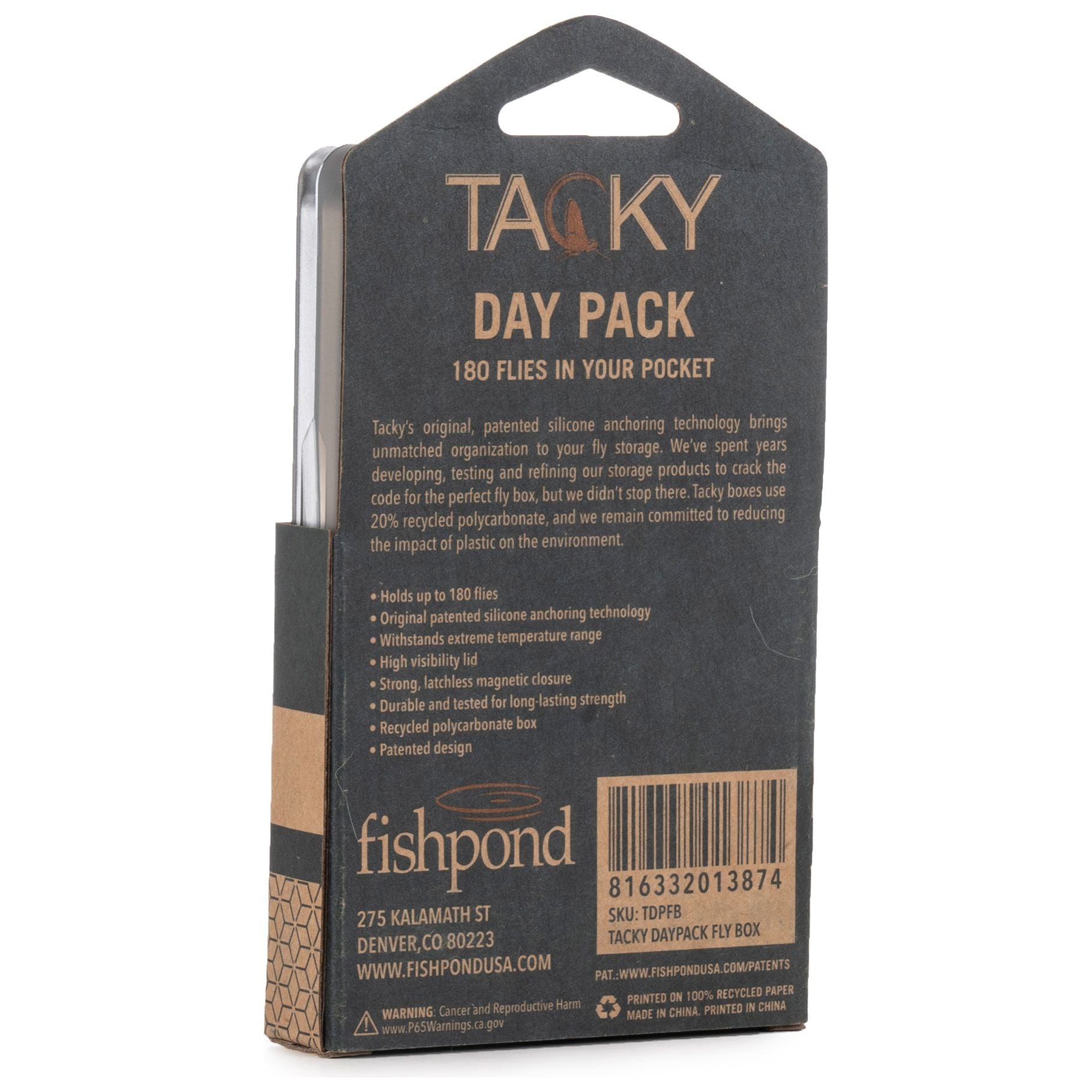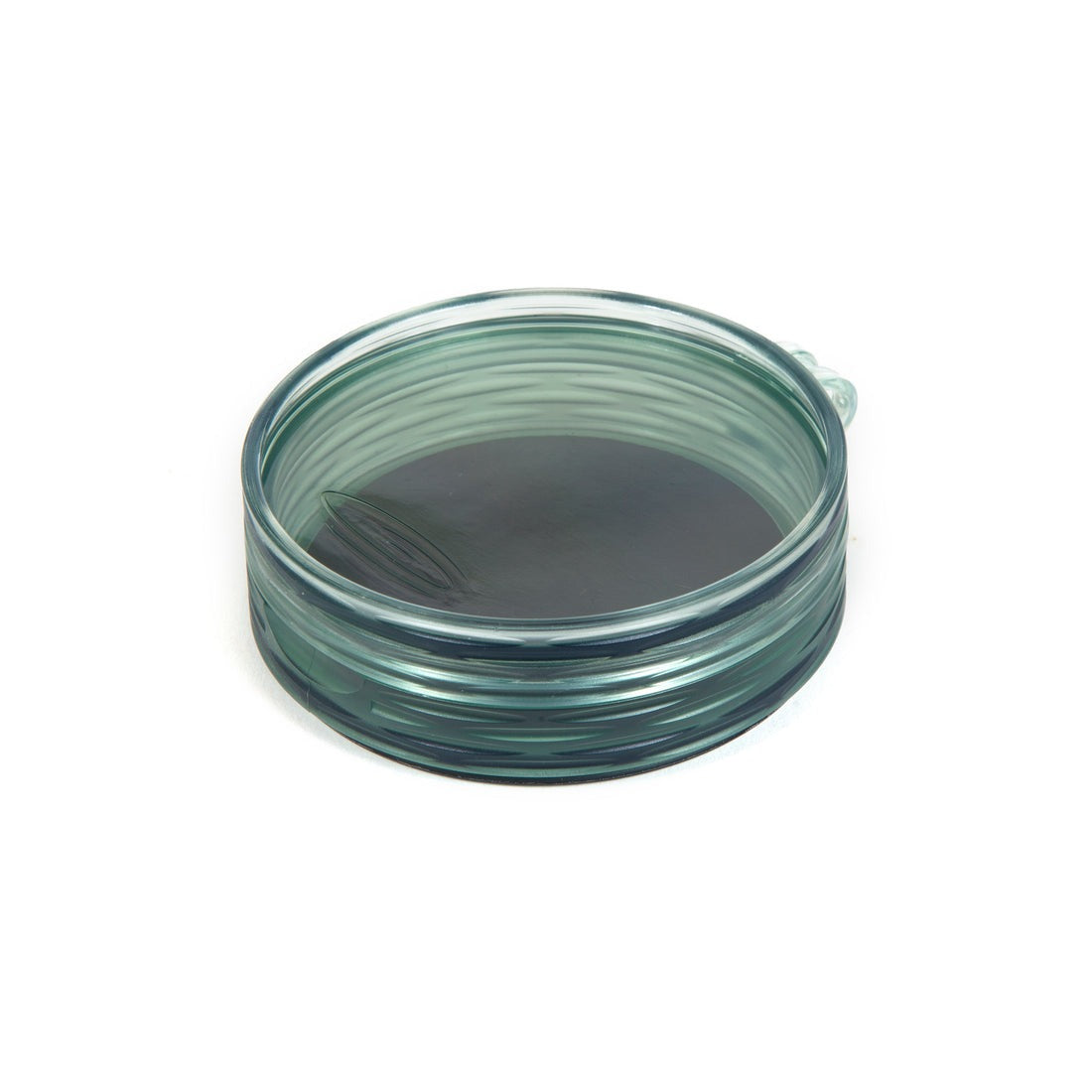Henry's Fork Report - June 20, 2024

Henry’s Fork Streamflows
Island Park Dam: 537 cfs
Ashton Dam: 1330 cfs
St. Anthony: 1150 cfs
Fall River: 867 cfs
Fishing on and off the caldera has been ranging from fair to excellent this past week, and we expect it to get better in the week to come. Our recent weather has ranged from days in the low 80s to 3” of snow in the morning two days ago! Outlook for the coming week is more stable with higher daytime temperatures, and mostly sunny with some partly cloudy in the coming days. River-wide, anglers should follow the weather both in the evening before as well as the day of fishing. These days are a fly shop’s dream and a fly tier’s paradise, anglers will want to bring well-stocked fly boxes to the Henry’s Fork in the week to come. Lots of different insects hatching out there!
Flows are low for the date, with outflow from Island Park Reservoir matching inflow. Low inflow is likely the result of the dry winters of 2-3 years ago; much like the age class of 15-18” trout this year is a product of conditions of the same vintage, the flows at Big Springs reflect a 2-3 year delay in winter snowpack in SW Yellowstone National Park. Low water conditions are affected more quickly by daytime highs and nightly lows than higher flows, expect water temps to fluctuate more quickly these days.
Box Canyon
The Box is starting to get a little bumpy and now is a good time to take a little more care when floating unless you have some extra gel coat on your chines to leave on some basalt boulders. It also takes longer to get through the canyon at lower flows, so plan accordingly. Luckily, fishing has been fun in the Canyon with nymph rigs, dry/dropper rigs, and dry flies, so it’s worth spending the day in there. The Box has a solid population of 12-14” trout this year, which makes for good action with a fun size to catch. There are always some bruisers that lie in wait to punish your 3X and 4X tippet and size 14-16 hooks, so keep your tippet fresh and knot-free and check your hooks!
Dry fly anglers can hope to find spotty situations with fish rising to Green Drakes or Flavs, caddis, PMDs, and Golden Stones. Pretty hard to beat Lawson’s Henry’s Fork Golden Stone 6-10 for a solid imitation. Most action will come to the nymph and we are liking a diversity of offerings in there: Rubberlegs nymphs 6-10, PTs, Tactical R/L PTs 12-16, Split Backs, Rednecks, Red and Brown Zebra Midges 14-18, HP Caddis Pupa and Hare/Copper 14-16 are all working well. Perdigons equally effective and at times even more so, we like the following: Spanish Bullets, Bullet Quills, Olive Hot Spots, PMD Bombs, Red Jig Napoleons 14-18 will all do the trick.
Railroad Ranch
This week is a terrific week to grab your favorite 4 or 5 weight and take it for a walk into the Railroad Ranch. Any day, any time of day is a good time to try, the scenery is incredible and the experience unforgettable. Numbers of rising trout are likely still outweighed by the number of anglers in many cases, but the trouts’ distribution is different than the anglers, so the willingness to take a walk with a keen eye out for the subtle clues of the presence of feeding fish can pay dividends. These conditions reward the observant angler, take your time to scan the water for clues but be ready for action when opportunity presents itself, you will not always have a steadily rising trout to approach, many Ranch victories at this time of year are the result of anglers who successfully and imaginatively read the situation and can visualize the potential location of their target, which is often a moving one. The bread and butter at the moment are caddis and PMDs, keep an eye out for trout feeding on drakes, flavs and flying ants for more exciting opportunities.
A well-stocked fly box is a necessity here at this time of year. All stages from emergent to spinner/spent of the following insects should be represented: Tan and olive caddis 14-18, PMDs 14-16, Flavs 12-14, Green Drakes 10-12, Brown Drakes 8-10, Flying Ants 12-16, Carpenter Ants 10-12. We like the HF Caddis, Iron X Caddis, Partridge Caddis, Thorax and CDC Biot Duns for PMDs and Flavs, as well as Last Chance Cripples. Copenhaver spinners, CDC Biot Spinners, Barret’s Flav Spinner, Joe Joe’s Green Drake, BSA SH Green Drake Emerger, Heames’ Honey Ant and PMD Klinkhammer, and Harrop’s Paraspinner.
Canyon Country
Decreasing flows make for a bumpier ride down these canyon sections and also necessitate the need for inflatable watercraft. A raft and a skilled oarsperson are the right choices for these sections below Riverside Campground. Solitude and wilderness can be found down here with some fun trout fishing. At low flows, whitewater is more penetrable and more easily read for angling purposes. Dry/Dropper rigs reign supreme and the “Chubberlegs” rig is a good place to start. Chubby Chernobyl to a rubberlegs dropper. Play with dropper selection as needed, but keep the Chubby on 1X!
Warm River to Ashton
This section is enjoyed by anglers of all skill levels these days; the dry fly purist can throw Golden Stons, Flavs and Green Drakes with varying levels of success depending on the day. The nymph angler can find willing participants throughout its length and the streamer fisher will find better opportunity in the wee hours of the morning and evening. Fly selection should mirror that of the Box Canyon. Quality trout are found in this section at this time of year, this is a great option for families and groups of anglers with a wide range of abilities.
Below Ashton Reservoir
Daytime fishing has been good but relatively sparse and fairly crowded. Evening fishing has been intensely good but also crowded and with low light situations. We expect the great evening conditions to start to produce terrific morning spinner falls, and great dry fly fishing throughout the day for discerning anglers out there. We usually plan on ditching the nymph rigs from here until the end of the month on the lower river and chasing trout with dry flies and dry/dropper rigs from here on out until water temps start climbing above 70 degrees. The coming week has high daytime temps and few clouds, so expect slower fishing through the heat of midday, but don’t give up hope. There are lots of bugs around and lots of trout looking to eat them, keep a keen eye out for subtle sips in lairs on the banks as well as in the mid-river flats. If you can locate a feeding fish, you can most likely feed that fish with a good drift.
Crowds have been a real presence here lately, with boating anglers and wading anglers throughout the lower river sections. Regardless of whether you’re in a boat or on foot, try to avoid the “Row” vs. “Wade” conflicts that can arise this time of year. Boaters should yield to wade anglers but if wade anglers are so dense that boaters cannot flow through, a friendly suggestion on which side of you they might float through is helpful. River etiquette is a subject that has no real and official rules, but a general rule of thumb that you should behave in a way that doesn’t negatively affect the experience of other anglers on the river is a good one to start with. We would all love to have the entire river to ourselves, but we have to share. No matter what, fishing to a fish that another angler is fishing to is off limits.
Setting The Hook with a Dry Fly
I believe that not enough is written in angling literature about setting the hook on a dry fly eat. We place so much focus on how to feed these fish and what patterns will help to make that happen, but we spend little time thinking about how and why we miss strikes on dry fly eats. A flippant “he didn’t eat it” or “refused” is the standard comment from anglers’ mouths after missing a strike. The discussion of “was I too fast or too slow?” comes into play shortly thereafter. I can tell you that as a guide of 30 years, I utter the words “you struck too slowly” much less than I say “you struck too fast”. I’ve seen more trout hooked in my career by anglers that never saw the eat and simply ended up with something tugging on their line than the other way around. Waiting a little longer to set will end up in more hookups than trying to set the hook more quickly, for sure. However, it is possible to be too slow and you don’t want to live on this side of the spectrum either. There are no absolute rules here and every take is unique, as is the relative position of the anglers’ leader to fly, distance left to drift before dragging and method of coming tight. Here are a few guidelines that I hope might help anglers out there get a little more out of their dry fly fishing when it comes to setting the hook:
- Whatever and however you perceive the strike to be, allow it to finish before setting the hook. An explosion in the middle of the river has a different speed hookset than a slow sip on the bank. The trout usually needs to close its mouth to be hooked.
- A slow take can take 1-3 seconds to be complete, many times anglers are at the final inches and seconds of their drift when a trout commits. I watch flies “drag” out of trouts’ mouths while waiting to set the hook every day. The perfect drift is necessary not only through the tricking of the trout but also through to the hookset. Continue to stack slack into your drift until it is time to set, don’t stop the second a trout breaks the surface of the water.
- Pay attention to the final inches of your leader to fly connection. Try and visualize what is happening to this during the drift, if your tippet is downstream of your fly, a trout’s nose can push your leader and fly out of the way when it rises. Use reach casts and mends not only to the benefit of your drift but to assist you in keeping your tippet out of the line of fire and how best to apply pressure when it’s time to set the hook.
- Be aware of how much slack you have between you and the target. Lots of line on the water is different than how much slack you have. Know what it takes in terms of moving the rod to come tight to the fly at all times during the drift. Every time you pick up to re-cast, you will know if you’re properly in tune with this. A sloppy pick up tells you that you had more slack than you thought, for instance. Learn from each drift.
I hope this helps you all get out there and enjoy this wonderful river! Good luck!



